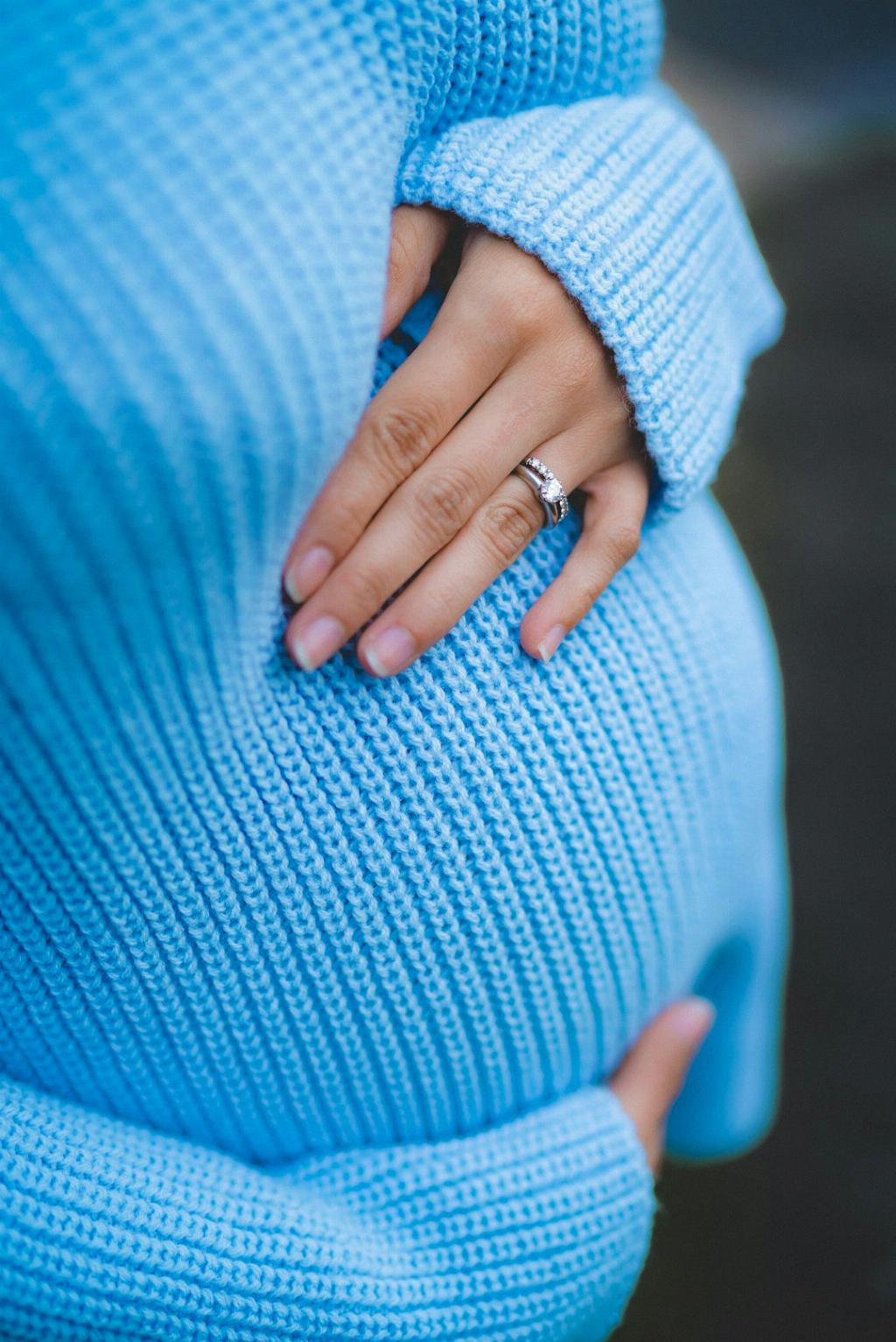After the miraculous journey of pregnancy and childbirth, many new mothers are eager to regain their pre-pregnancy bodies and feel comfortable in their skin once again. One common tool that has gained popularity in recent years is the postpartum girdle, also known as a belly wrap or binder. But the burning question on many mothers’ minds is: Do postpartum girdles really work?
The Science Behind Postpartum Girdles
Research suggests that postpartum girdles may offer benefits to women recovering from childbirth, particularly after a cesarean section. These girdles are designed to provide support to the abdominal muscles and tissues that may have been stretched or weakened during pregnancy. By compressing the abdomen, they can help alleviate discomfort, provide extra support, and promote faster healing.
Potential Benefits of Using Postpartum Girdles
One of the key benefits of postpartum girdles is their ability to support the core muscles, which are crucial for maintaining good posture and preventing back pain. By wearing a girdle, new mothers may experience reduced discomfort in the lower back and pelvis, areas that can be strained during pregnancy and childbirth.
Improving Posture and Confidence
Another advantage of postpartum girdles is their potential to improve posture. After giving birth, many women find themselves slouching due to the strain on their back muscles. A girdle can provide the necessary support to help new mothers stand upright, which not only benefits their physical health but also boosts their confidence and self-esteem.
Supporting Abdominal Recovery
For women who have undergone a C-section, postpartum girdles can be particularly beneficial in aiding the healing process. The compression provided by the girdle can help reduce swelling and promote proper alignment of the incision site, leading to quicker recovery and potentially minimizing scarring.
Enhancing Muscle Recovery
Postpartum girdles can also assist in toning the abdominal muscles by providing gentle compression. This can help the muscles regain strength and firmness, supporting overall muscle recovery postpartum.
The Importance of Comfort and Fit
It is crucial for new mothers to choose a postpartum girdle that fits well and feels comfortable to wear for extended periods. An ill-fitting girdle can be not only ineffective but also potentially harmful, causing discomfort or restricting proper circulation. Finding the right size and style is essential in maximizing the benefits of wearing a postpartum girdle.
Consulting with Healthcare Professionals
Before incorporating a postpartum girdle into your postnatal recovery routine, it is advisable to consult with your healthcare provider. They can provide guidance on whether a girdle is suitable for your individual needs and offer personalized recommendations for optimal recovery.
The Role of Consistency and Patience
While postpartum girdles can be a helpful tool in the postnatal journey, it is essential to remember that results may vary from person to person. Consistency in wearing the girdle and patience in allowing the body to heal and recover are key factors in realizing the potential benefits of this supportive garment.
Final Verdict: Do Postpartum Girdles Really Work?
In conclusion, the effectiveness of postpartum girdles in aiding postnatal recovery and providing support to new mothers cannot be denied. While individual experiences may vary, many women have reported positive outcomes from using postpartum girdles, including improved comfort, posture, and muscle recovery. Ultimately, the decision to incorporate a girdle into your postpartum care routine should be based on personal preference and consultation with healthcare professionals to ensure safe and effective use.

